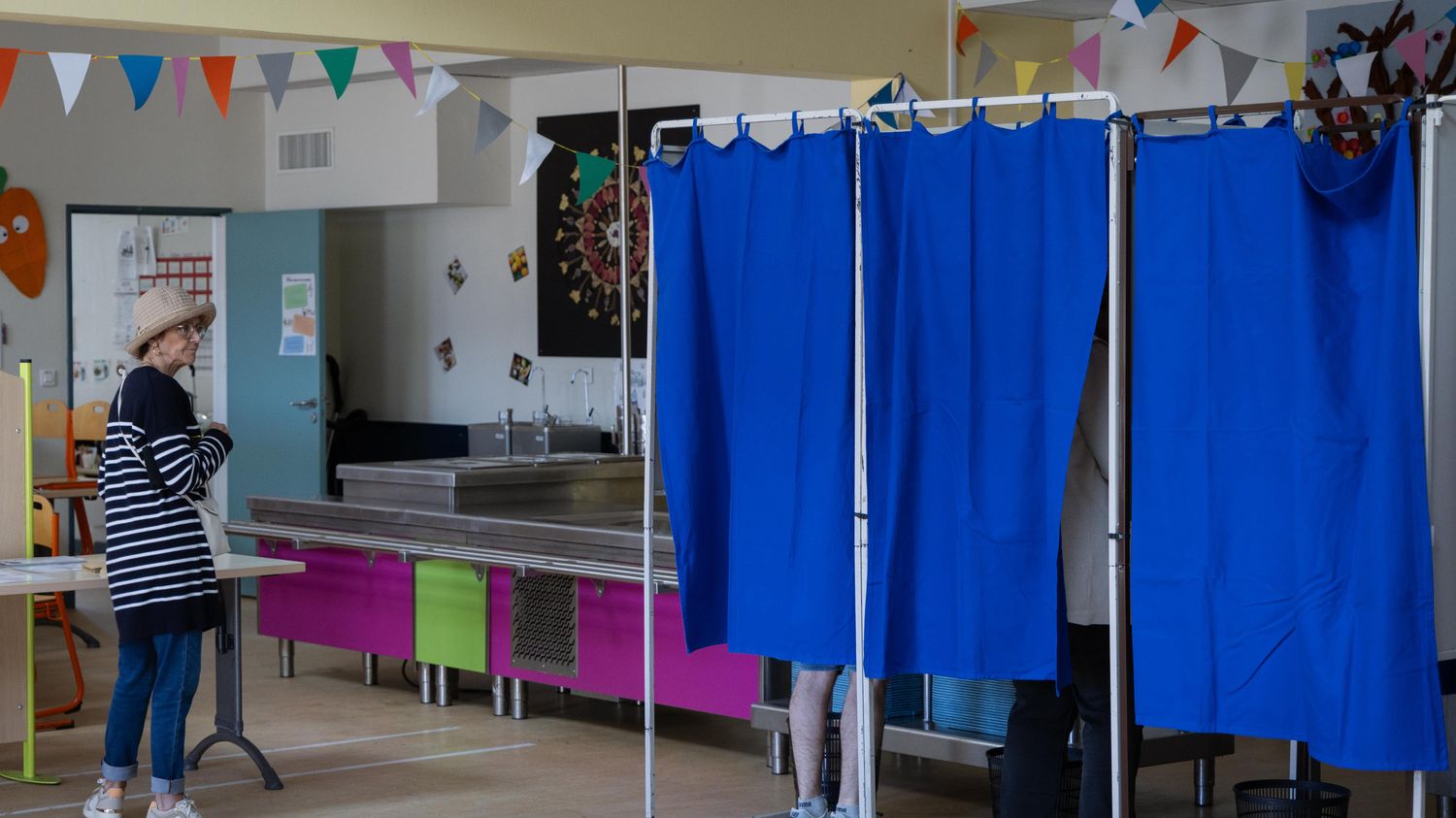At the end of June 30, the date of the first round of the legislative elections, a notable number of triangulars could emerge in the second round, on July 7. Provided participation is strong.

Published
Reading time: 2 mins

A triangular can occur during municipal or legislative elections, but not for European or presidential elections. For the legislative elections, the two candidates who came first in the first round are qualified for the second round, but also possibly those who gathered at least 12.5% of voters registered on the electoral lists. If the day after June 30, the date of the first round of these elections, we find ourselves with three candidates with more than 12.5% each, for example the National Rally, the presidential camp and the New Popular Front, we will be faced with a triangular. And if there are four, it’s a quadrangular. In these cases, the winner is elected with a relative majority.
In recent years, triangulars have become rare, because the participation rate in legislative elections has fallen significantly: 49% in 2017 and 47% in 2022. It’s mathematical: the higher the abstention, the lower the bar of 12, 5% of those registered is difficult to cross. In 2022, there were eight triangulars in all 577 constituencies. In 2017, somewhat exceptionally, there was only one, in Aube, with the Republic on the march, the Republicans, and a candidate from the National Front.
In 2012, there were many more triangulars, 34 in all, a large part of which included the presence of a National Front candidate. And for the 2024 legislative elections, we risk finding several triangulars again. For this election, participation could be higher than in recent years. More than 700,000 proxies have already been made, according to the Interior Ministry, and calls for votes are increasing. There was talk of 47% participation in 2022. This time, according to an IFOP survey published in the Sunday newspaperit could reach 63%, which will theoretically favor the emergence of triangulars.
